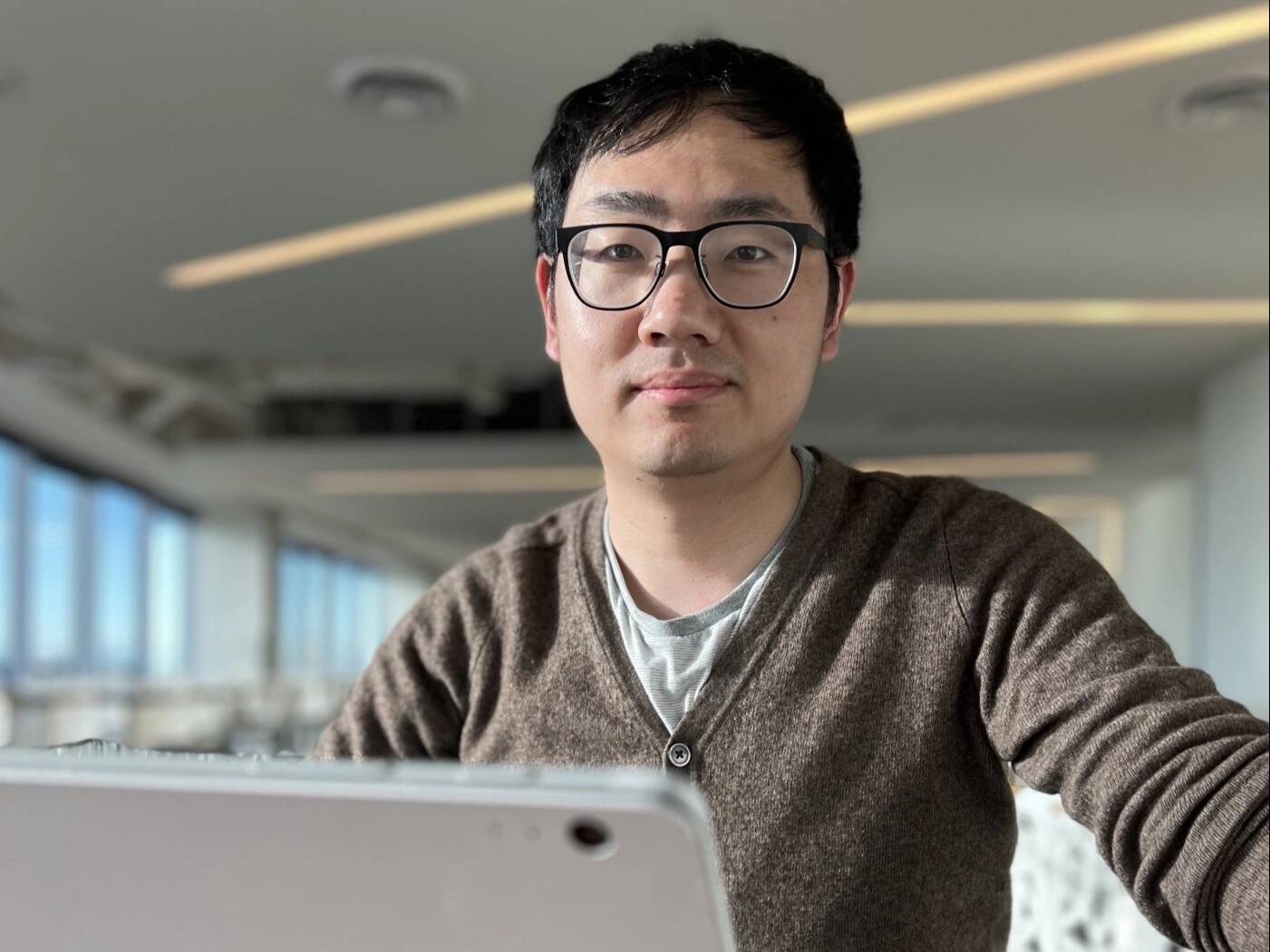订阅 wiki
Share wiki
Bookmark
Chunyuan Li
Chunyuan Li
李春源 是一位人工智能研究科学家,以其在多模态智能领域的工作而闻名,专注于大规模语言和视觉模型。他是LLaVA(大型语言和视觉助手)模型家族的主要贡献者,目前是Meta的超智能团队的研究科学家。[1] [2]
教育背景
李春源在华中科技大学完成了本科学习,获得了电子与信息工程学士学位。后来,他进入杜克大学攻读博士学位,获得了电气与计算机工程博士学位。在Lawrence Carin教授的指导下,他的博士研究主要集中在深度生成模型领域。[1] [3] [6]
职业生涯
李春源的职业生涯始于微软研究院雷德蒙德分部的首席研究员。在那里,他为多个基础视觉-语言模型做出了贡献,包括Oscar和Florence。在微软任职后,他担任了字节跳动研究院的负责人。之后,他加入xAI担任总监工程师,参与了Grok-3等模型的开发。2025年中,李春源加入Meta担任研究科学家,成为该公司新成立的超智能团队的成员,该团队专注于推进通用人工智能。他的专长体现在扩散模型和多模态生成领域。[1] [4] [2] [3] [6]
主要作品
李春源的研究促成了多模态人工智能领域中几个有影响力的模型和框架的开发。他的工作主要集中在创建能够理解和处理来自视觉和文本数据的系统。[1] [7]
LLaVA(大型语言和视觉助手)
李春源是LLaVA的主要创建者之一,LLaVA是一系列旨在具备通用视觉和语言理解能力的开源多模态模型。最初的版本于2023年发布,采用了一种名为视觉指令调整的技术开发,该技术利用GPT-4等大型语言模型的能力来生成多模态指令跟随数据。该项目此后扩展到包括几个专门的版本和升级。[1] [4] [8]
LLaVA系列中的关键发展包括:
- LLaVA-1.5:一个升级版本,在众多开源视觉-语言基准测试中取得了最先进的结果,并且训练效率更高。它在单个8-A100节点上大约一天内使用公开可用的数据进行训练。
- LLaVA-Med:一个为生物医学领域量身定制的版本,能够回答有关生物医学图像的问题。该模型在不到15小时内完成训练,并被评为NeurIPS 2023数据集和基准测试赛道的焦点论文。
- LLaVA-Interactive:一个展示多模态人机交互的演示项目,能够在单个界面中实现图像聊天、分割、生成和编辑等功能。
- LLaVA-NeXT:2024年发布的一系列模型,进一步探索了构建强大的开源视觉-语言模型的可扩展和高效方法。
LLaVA项目及其后续迭代在开源人工智能社区中具有影响力,因为它为专有的多模态系统提供了一个强大且易于访问的替代方案。[1]
基础视觉-语言模型
在从事LLaVA的工作之前,李春源为其他几个基础模型做出了贡献,这些模型推动了视觉-语言预训练领域的发展。这些项目建立了新的方法来对齐视觉和文本表示,使模型能够执行涉及两种模态的复杂推理和生成任务。[1]
他值得注意的早期作品包括:
- Oscar:一种视觉-语言预训练模型,引入了在图像中检测到的对象标签作为锚点,以改善图像和文本之间的对齐。
- Florence:微软开发的视觉基础模型,使用统一的语言-图像-标签对比学习方法(UniCL)在各种计算机视觉任务上实现了强大的性能。
- GLIP(Grounded Language-Image Pre-training):一种将对象检测和短语定位统一到一个预训练框架中的模型,使其能够以高精度执行零样本检测。GLIP是CVPR 2022的最佳论文决赛入围者。
- GroundingDINO:一种将基于Transformer的检测器(DINO)与Grounded预训练相结合的模型,从而产生一个可以根据任意文本输入识别对象的开放集对象检测器。
- GLIGEN(Grounded Language-to-Image Generation):一种通过使预训练的文本到图像扩散模型能够生成在特定边界框位置中接地的对象的图像来扩展其能力的方法。
这些项目对于构建更强大和可控的多模态人工智能系统至关重要。[1] [7]
学术服务
除了在工业界的研究职位外,李春源还是学术界的活跃成员。他曾担任多个主要的机器学习和自然语言处理会议的领域主席,包括NeurIPS、ICML、ICLR、EMNLP和TMLR。他还担任*International Journal of Computer Vision (IJCV)*关于大型视觉模型主题的特刊的客座编辑。李春源拥有广泛的出版记录,在顶级学术场所发表了大量论文。[1] [5]
发现错误了吗?
